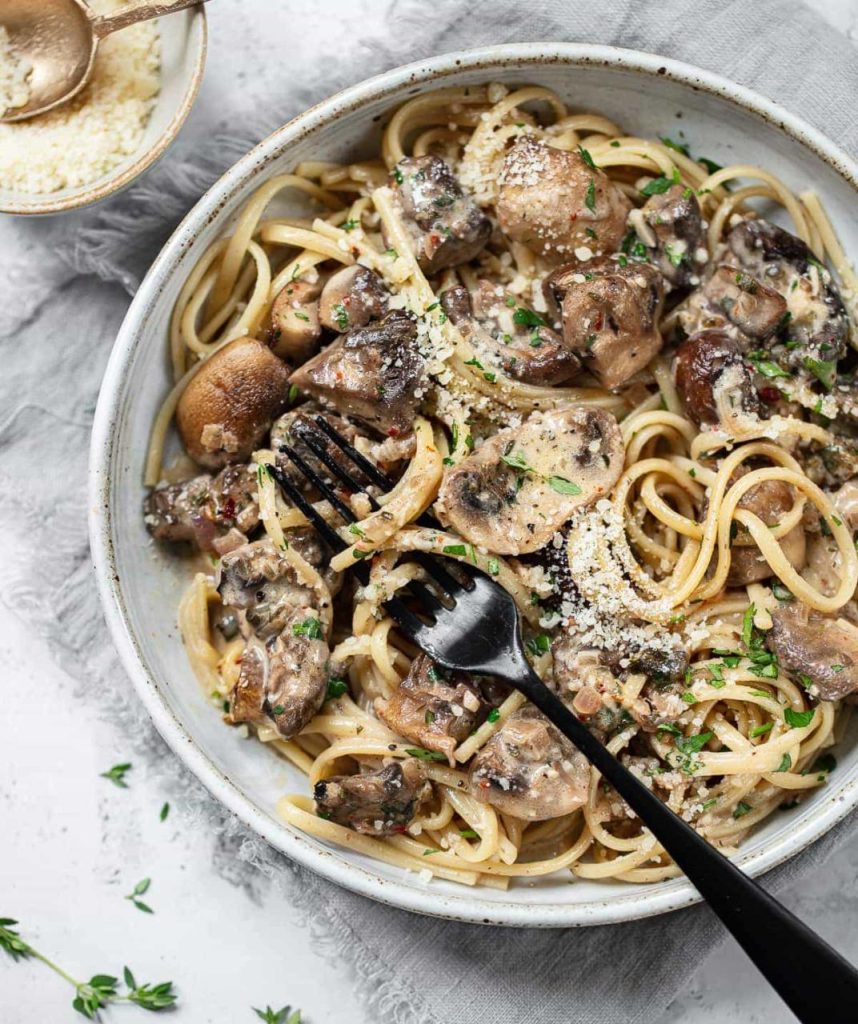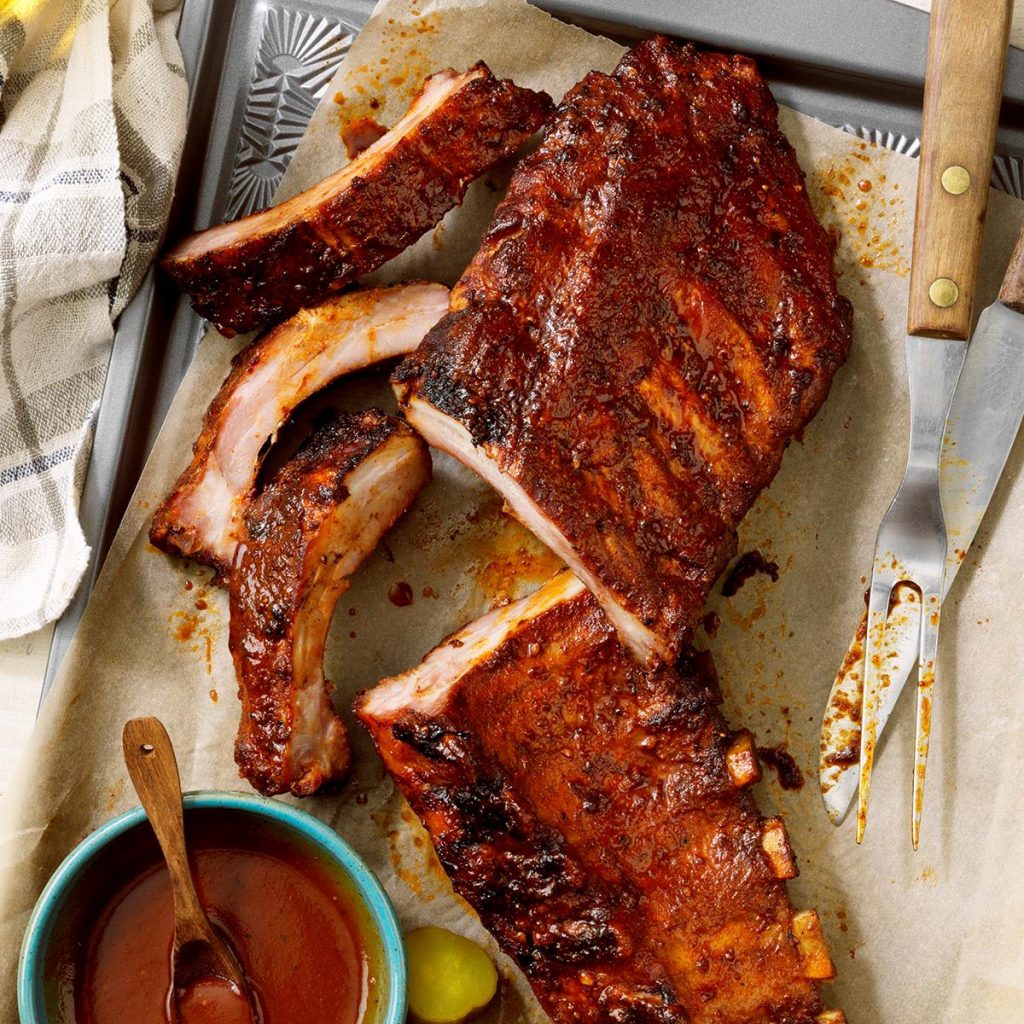Welcome to our comprehensive guide on mastering the art of Shanghai Duck. If you’re an English-speaking food easy recipes enthusiast with a keen interest in the world of culinary delights, you’ve come to the right place. In this guide, we will delve into the different varieties of duck, with a particular focus on Pekings, Zhangcha, and Shanghai Style. We’ll also share tips and tricks for perfecting the crispy skin when roasting Shanghai Duck, and explore traditional recipes such as tea-smoked and ginger-glazed. Additionally, we’ll discuss the best ways to serve Shanghai Duck, including pairing it with scallions, ginger, and soy sauce. Finally, we’ll address common questions and provide troubleshooting tips in our Shanghai Duck FAQs section. So, whether you’re a seasoned chef looking to expand your repertoire or an adventurous home cook, get ready to embark on a culinary journey as we uncover the secrets behind this exquisite Chinese delicacy.
Understanding the Different Varieties of Duck: Pekings, Zhangcha, and Shanghai Style
![The List]: 5 Places for Peking Duck in Shanghai | SmartShanghai](https://food-easy-recipes.com/wp-content/uploads/2023/12/6671524127124.jpg)
In Chinese cuisine, there are two main styles of roast duck: northern Beijing style and southern Cantonese style. These two styles differ in various aspects, including the type of oven used, the processing methods, slicing techniques, and how they are consumed.
Peking duck, which is traditionally associated with Beijing, is typically roasted in a closed oven. However, in recent times, Peking duck has started to adopt elements of Cantonese duck. For example, open ovens are now being used for roasting Peking duck, especially in specialized roast duck shops. This change in roasting method adds a visual appeal to the cooking process. In these open ovens, ducks are slow-roasted over burning fruit wood, resulting in a unique and flavorful taste.
Open ovens, though visually appealing, require a large working area and a significant amount of manpower to operate. The ducks need to be rotated every few minutes to ensure even cooking. Additionally, the cost of installing smoke extractors can be high, which poses a challenge for businesses located in metropolitan areas where resources are already costly. These factors have led to fewer establishments adopting the use of open ovens for roasting ducks.
On the other hand, closed ovens are more commonly used for roasting ducks, especially in Cantonese cuisine. Closed ovens take up minimal space and can be used for roasting not only ducks but also other meats such as pork and geese. Their versatility and easily-adjustable heat settings make them the popular choice among restaurants. Some Cantonese establishments even feature hanging stoves in their storefronts to draw attention, even though they follow the Cantonese way of roasting ducks.
The combination of the Peking and Cantonese styles results in roasts that have the crispy skin of Peking duck and the tender meat of Cantonese duck. This fusion of styles has gained popularity and is often referred to as Shanghai style duck. Shanghai style duck is a favorite among food enthusiasts, particularly those who appreciate the crispy skin and succulent meat served with this dish.

Shanghai Duck recipe
Ingredients
Method
- Honey Put the scallions, star anise and gingerroot in a heavy pot.
- Place the duck, breast sideup in the pot.
- Mix the remaining ingredients and pour over the duck.
- Cover and bring to a boil.
- Simmer for about two hours or until tender, turning every half-hour. Remove duck from pan and place on a shallow dish, rub honey on duck, place duck in a 400 degree oven just until crispy...not too long.
- Remove and chop into small pieces. Reserve liquid and serve at the table as a sauce.
- Sometimes I thicken it a little but most of the time we just serve it as is.
Video
Notes
Exploring Traditional Shanghai Duck Recipes: Tea-Smoked and Ginger-Glazed

Continuing our culinary journey through traditional Shanghai duck recipes, we now turn our attention to two beloved dishes: tea-smoked duck and ginger-glazed duck. These recipes showcase the unique flavors and cooking methods that make Shanghai cuisine so special.
Tea-smoked duck is a popular dish in Shanghai, known for its enticing smoky aroma and tender meat. The process of tea-smoking involves marinating the duck, drying it, and then smoking it over a mixture of tea leaves, rice, and spices. This technique creates a crispy skin and infuses the meat with a rich, smoky flavor that is simply irresistible.
On the other hand, ginger-glazed duck is another traditional Shanghai recipe that delights the taste buds with its sweet and savory taste. The ginger glaze adds a tangy and slightly spicy flavor to the duck, complementing its succulent meat perfectly. This dish is often served with steamed buns or rice, making it a hearty and satisfying meal.
Both tea-smoked and ginger-glazed duck are staple dishes in Shanghai and can be found in many local restaurants. Exploring these traditional recipes not only allows you to indulge in authentic Chinese cuisine but also provides a deeper understanding of the culinary traditions of this vibrant region.
Whether you’re a food enthusiast or someone looking to expand their culinary horizons, trying out these traditional Shanghai duck recipes is a must. The crispy skin, tender meat, and unique flavors of tea-smoked and ginger-glazed duck will transport you to the bustling streets of Shanghai and leave you craving for more. So, roll up your sleeves, gather your ingredients, and embark on a flavorful adventure with Shanghai duck!
Serving Shanghai Duck: Pairing with Scallions, Ginger, and Soy Sauce

If you’re looking to serve a delicious and authentic Chinese dish, look no further than Shanghai Duck paired with scallions, ginger, and soy sauce. This classic recipe is sure to impress your guests and satisfy your cravings for Chinese delicacies.
To start, lightly smack the spring onion and ginger to release their flavors and aromas. Then, in a large pan, combine the soy sauces, sugar, spring onion, ginger, star anise, and cassia. Top it off with water and bring the mixture to a boil.
Next, add the duck pieces to the pan, arranging them so they are fully immersed in the flavorful liquid. Reduce the heat and simmer for 20 minutes, allowing the duck to cook and absorb the delicious flavors.
Once the duck is cooked, it’s time to reduce the liquid. You can transfer everything into a wok for faster reduction due to the larger surface area. Turn up the heat and reduce the liquid by about two thirds, constantly ladling it over the duck. As you do this, skim off any surface oil and impurities that may appear.
Once reduced, you’ll be left with a dark, shiny, treacly sauce that will elevate the flavor of the duck. Remove the duck from the sauce and allow it to cool completely, while reserving the sauce for later.
When it’s time to serve, cut the duck into bite-sized pieces and arrange them on a serving dish. Reheat some of the reserved cooking juices and pour them over the duck for added flavor and moisture.
This recipe, excerpted from the book “Land of Fish and Rice” by Fuchsia Dunlop, showcases the rich and complex flavors of Shanghai Duck. Whether you’re a fan of Peking duck, crispy skin, or meat served with scallions and ginger, this dish is sure to please. So, gather your ingredients, follow these cooking tips, and enjoy serving Shanghai Duck to your family and friends.
Shanghai Duck FAQs: Answering Common Questions and Troubleshooting Tips

In addition to providing answers to common questions and troubleshooting tips, we want to address some other FAQs related to Shanghai Duck. These questions are often asked by English-speaking food enthusiasts who are interested in trying this delicious dish.
Firstly, many customers want to know if the restaurant offers takeout or food to go. This is a convenient option for those who prefer to enjoy their Shanghai Duck in the comfort of their own homes.
Another common question is whether the restaurant is a Taiwanese restaurant. While Shanghai Duck is a popular dish in Taiwan, it is important to note that not all restaurants that serve Shanghai Duck are necessarily Taiwanese restaurants. The focus of the restaurant may be on Shanghai cuisine, but it might also offer a variety of other regional Chinese delicacies.
For parents dining with young children, the availability of highchairs for toddlers can be an important consideration. It’s worth checking with the restaurant beforehand to ensure that they can accommodate your needs.
If you’re looking to experience local cuisine, it’s natural to wonder if the restaurant is a good choice. While Shanghai Duck is a specialty, some restaurants may also offer other local dishes that can further enhance your dining experience.
For those with dietary restrictions, such as vegan or vegetarian diets, it’s important to know if the restaurant can cater to your needs. While Shanghai Duck is traditionally made with duck meat, some restaurants may offer alternative options or modifications to suit different dietary preferences.
Accessibility is another factor to consider. Customers often inquire whether the restaurant is wheelchair accessible, ensuring that everyone can easily enjoy their dining experience.
If you’re planning a family outing, it’s important to know if the restaurant is appropriate for kids. Some establishments may offer a family-friendly atmosphere and menu options that cater to younger palates.
Lastly, customers often want to know if the restaurant serves authentic Shanghai food. While Shanghai Duck is a popular dish, it’s always a good idea to check if the restaurant specializes in this particular cuisine.
Whether you’re planning a casual meal or a business meeting, it’s helpful to know if the restaurant is suitable for such occasions. Some restaurants may offer a more formal setting and amenities that cater to business meetings.
By addressing these additional FAQs, we hope to provide a comprehensive guide for those interested in trying Shanghai Duck and ensure that your dining experience is enjoyable and hassle-free.
All in All

As we conclude our comprehensive guide on mastering the art of Shanghai Duck, we hope that you have gained valuable insights and knowledge about this exquisite Chinese delicacy. By understanding the different varieties of duck and perfecting the crispy skin, you are well on your way to creating a mouthwatering dish that will impress your guests. Exploring traditional recipes such as tea-smoked and ginger-glazed will add a unique twist to your culinary repertoire. And when it comes to serving Shanghai Duck, don’t forget to pair it with scallions, ginger, and soy sauce for a truly authentic experience. Lastly, we hope that our Shanghai Duck FAQs section has answered any lingering questions and provided helpful troubleshooting tips. So go ahead, embrace your inner chef, and enjoy the journey of mastering the art of Shanghai Duck!





